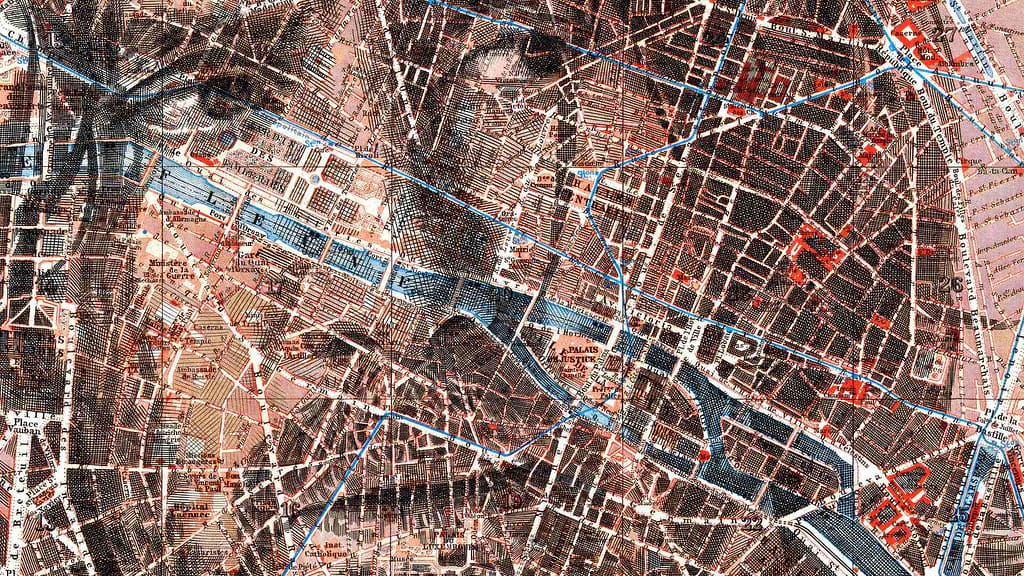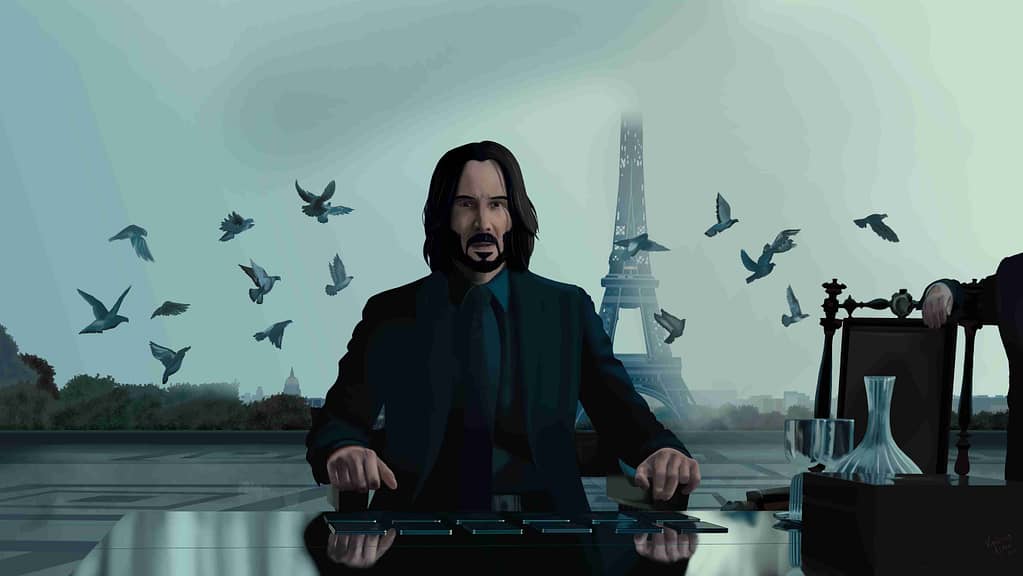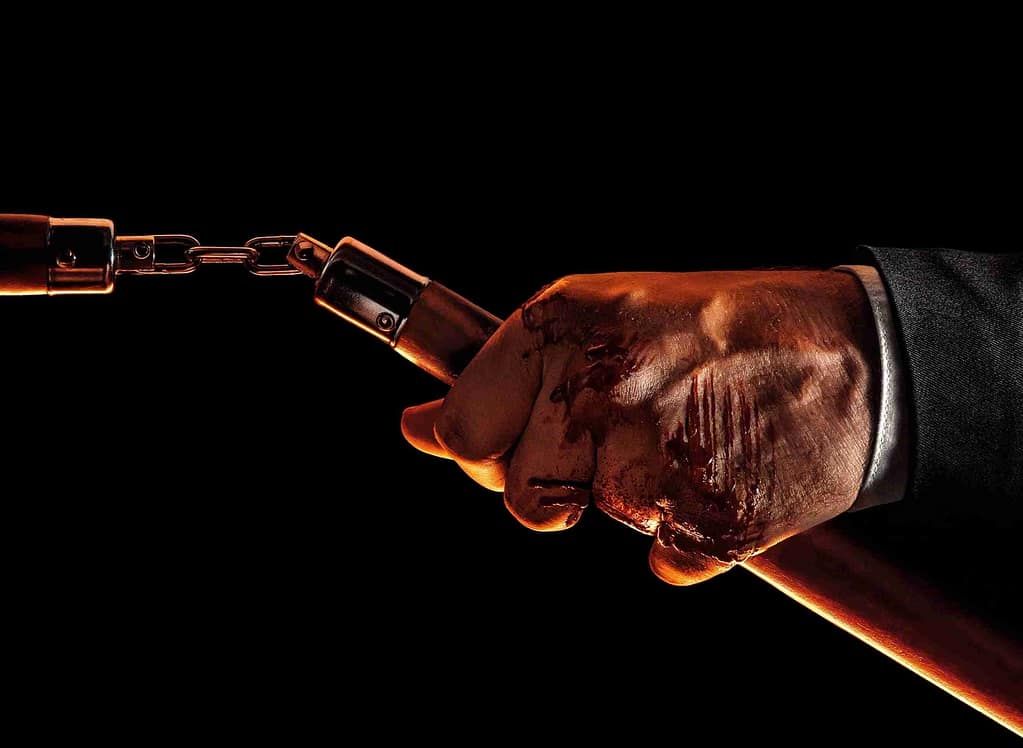In many many years, comes a movie that dries up the adrenaline of the audience to its last drop and then some more. Keeping that into consideration let’s begin with the spectacle (John Wick: Chapter 4).

We frequently fail to realize that there is a thought process behind films like John Wick: Chapter 4, even though they may appear to be mindless action movies that the studio just wishes to release without consideration for the plot.
John Wick: Chapter 4 takes up where Chapter 3 left off, with John Wick recovering from his injuries and preparing to pursue The High Table. John fights this uphill struggle for the majority of the fourth movie, beginning with his return to face The Elder. John executes The Elder who replaced the one who took his finger (and wedding band) in Chapter 3, which ignites a full-scale conflict with the High Table.
Let’s break down the movie’s key elements in the passage and the burning questions that follow.
Is John Wick: Chapter 4 the end?

It has become increasingly clear in the last four movies that John Wick cannot be stopped. He has successfully been pulled off the ground to continue fighting. Shot in the stomach by a killer posing as a busking violinist? He starts brutalizing someone with a stylus just a few minutes later.
Back in 2020, it was revealed that John Wick: Chapter 5 would film immediately after John Wick: Chapter 4, indicating that the action hero still had plenty of life in him. We don’t know what happened in the interim; did the two projects simply merge into one enormous three-hour behemoth? Was it a deliberate artistic decision or a side consequence of the lockdown? Did Keanu just need a break?
In any case, the most recent film essentially serves as the protagonist’s final resting place after four films of never-ending mayhem.
Regarding whether Reeves’ wild revenge rampage has come to an end, the movie’s writers have stayed coy.
Is John Wick no longer Excommunicado?

The shocking betrayal in John Wick: Chapter 3 – Parabellum conclusion leaves the viewer hanging. After killing Santino D’Antonio, John Wick has been declared “excommunicado,” which means that The Continental, a haven for assassins and other underworld figures, has formally blacklisted him. Wick is the target of a $14 million bounty, and The High Table, a group of criminal lords, is preparing an attack. Wick seeks assistance in Casablanca, where he meets Halle Berry’s Sofia, before returning to New York City.
John discovers The Adjudicator (Asia Kate Dillon) of the enigmatic High Table waiting in New York, along with a large number of killers. In the shocking conclusion of John Wick 3, Winston (Ian McShane), the manager of The Continental, betrays John, which begs the question of why Winston shot John Wick. Despite suffering severe injuries once more, it appears that John Wick will be prepared for more of the fast-paced action for which the series has become renowned.
The Impossible Stunts.

In the John Wick: Chapter 4, Reeves’ titular character finds himself once more on the run from the High Table, the evil Powers That Be. Wick travels to Japan in the opening scenes, where he meets Shimazu (Hiroyuki Sanada), the leader of the Osaka Continental, and bumps into Caine, a blind assassin from the High Table. (the badass Donnie Yen). Shamier Anderson plays an assassin who appears to be waiting for the price on Wick’s head to reach the proper level for him to receive his reward, and Laurence Fishburne occasionally makes an appearance as Wick’s Q when the murderer requires a new bulletproof suit.
Action scenes created by Stahelski and his crew have a paradoxical sense of urgency and artistic choreography. Filmmakers who overthink their shootouts frequently choose a tone that feels remote, devoid of stakes, and more fashionable than compelling. The best action filmmakers are able to capture battle without sacrificing tension for spectacle. The combat scenes in “John Wick: Chapter 4” are drawn-out gunfights between John and numerous opponents who misjudge him, but they move along quickly enough to avoid becoming tedious. Additionally, the stakes are very clearly outlined. John and an adversary settle on the time, resources, and other details of a battle at one point in the movie.
Additionally, the stakes are very clearly outlined. John and an adversary settle on the time, resources, and other details of a battle at one point in the movie. However, this is actually true of all the key action scenes, when we are extremely clear on what John must accomplish and who he must interact with in order to “finish the level.” Objectives can be simple while still allowing for intricate choreography. We are aware of what must take place for John to continue moving forward as he has done from the start of the first movie. The “Wick” flicks have such wonderful clarity of goal that they can then have fun inside those simple constructions. So much contemporary action is crowded with people or confusing objectives.
Wick has to fight a makeup-covered Scott Adkins and his army of unfortunate idiots in a packed nightclub, in a scene that would rank as the finest in virtually any other recent action film (but is more like third or fourth here). The dancers are oblivious to it. They occasionally split a little to allow them to pass, but they don’t pause and look at them. The writhing and dancing people provide such a creative visual backdrop as water pours into the room. Afterwards, Wick and his predators engage in combat in the traffic circle surrounding the Arc de Triomphe, which is one of my all-time favourite action scenes. The vehicles do not halt.
In this movie, no one opens the window to look outside as shots ring out in the streets. The mythology of this realm and the outside world almost makes it seem as though the renowned assassin and the hundred or so victims he ends up killing are invisible to them. It’s an intriguing and visually arresting decision.
There is also what I would refer to as “action geography.” Stahelski works with the amazing cinematographer Dan Laustsen, who frequently collaborates with Guillermo del Toro on films like “The Shape of Water,” “Nightmare Alley,” and more, to ensure that the action is clear and unambiguous throughout. The stunt work is incredible, and the shoot-outs feel more like ballet choreography than the drab plot-pushing.
The Final Verdict : 9/10 Star Platter

Even with a single action sequence of the numerous ones that this movie contains, any movie could have been a decent action film. Being said that none of the sequences felt half-baked or senseless considering a neo-noir genre. For a long time coming this film will be the apex of action films and the films will be measured in the “JOHN WICK: Chapter 4” unit.









